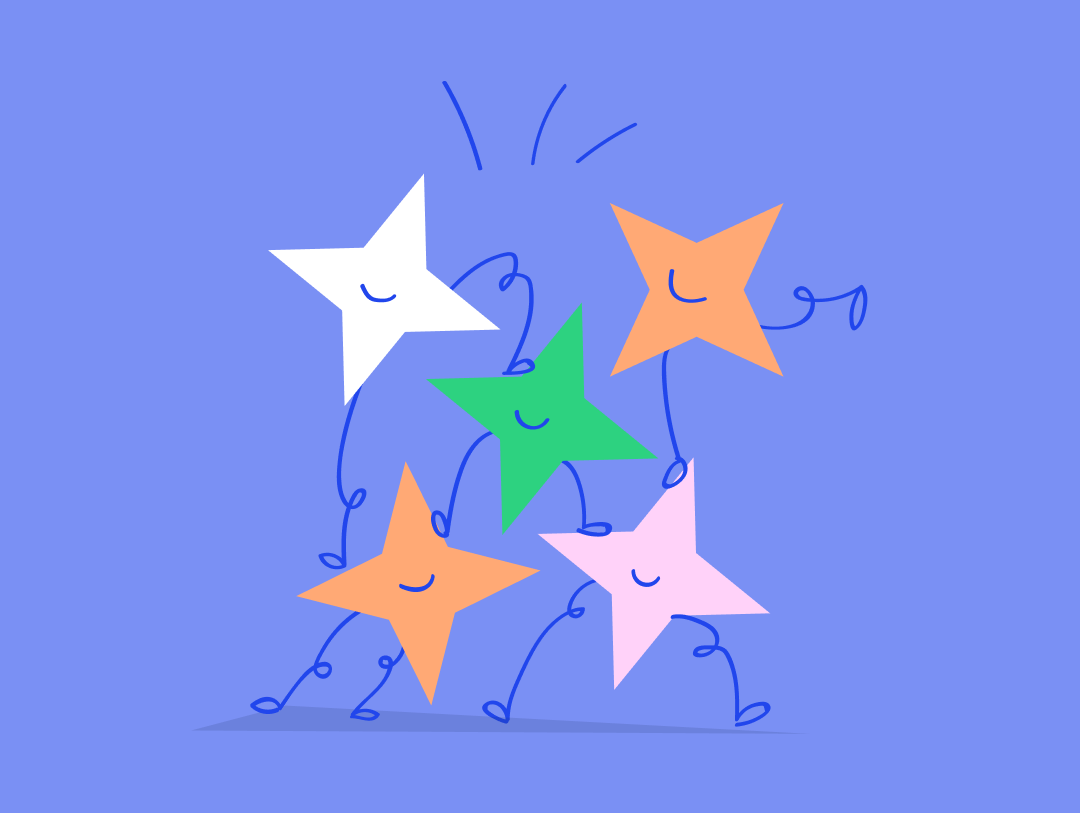If marketing feels like trying to juggle ten balls in the dark, collaborative productivity software is the spotlight that lets you see – and catch – the balls before they hit the ground.
Many companies today adopt online collaborative productivity software not just out of curiosity, but out of necessity. They need visibility, alignment, faster execution, and a sane way for multi-role teams to work together without drowning in emails or spreadsheets.
Below, we deep dive into five tools that represent different flavours of collaboration – and how their design tackles the same underlying pain points. Use this as both inspiration and a practical lens to compare what might fit your team best.
1. Kontentino – the social media-centric command center
Kontentino is built specifically for social media teams, agencies, and clients. Its sweet spot is the content calendar + approval workflow + visual mockups. You see a calendar of planned posts, get feedback/comments in context, and publish (or schedule) across platforms.
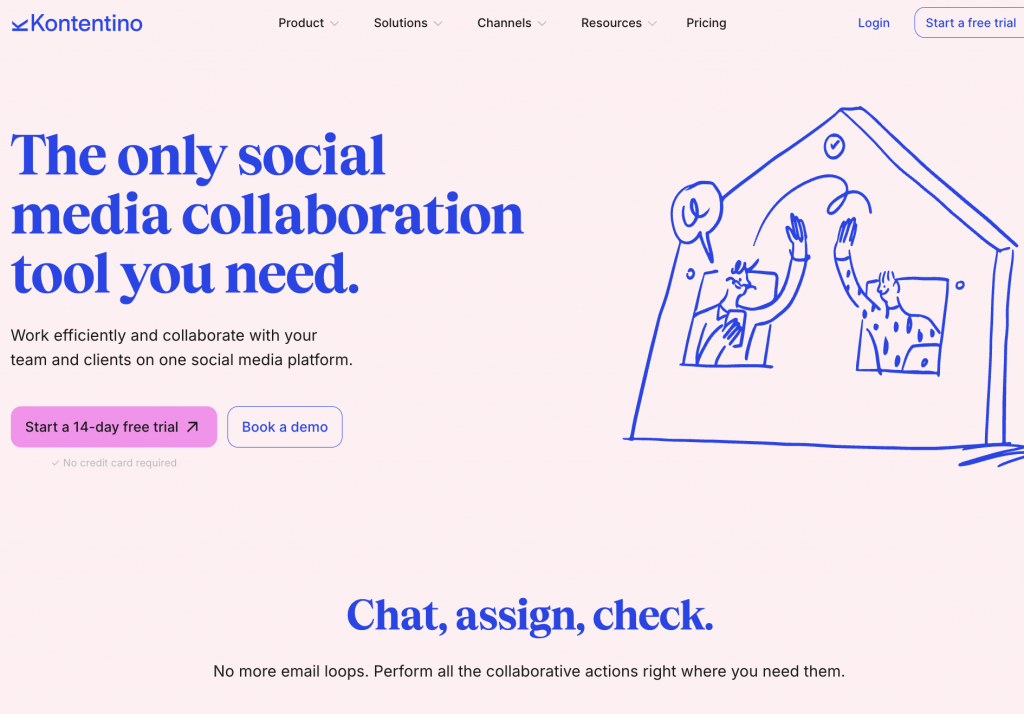
Because marketing often lives in visual assets and timelines, Kontentino’s interface intuitively blends the visual with the workflow – no separate spreadsheets, no separate approval tools. You can preview how posts will look, see status, get client feedback inline.
How it transforms teamwork:
- Moves marketing teams from scattered spreadsheets and email threads to a unified visual calendar
- Ensures that comments and edits happen on the post itself, not in Slack or email, reducing version confusion
- Lets clients see and approve without needing full agency tools access
- Improves accountability: you see who’s responsible, what’s pending, and where things stall
Considerations / limitations:
- It’s very marketing/social-media centric, so for broader project types (e.g. budgeting, capacity planning, non-content deliverables) you may need to complement it with other tools
When you’d pick Kontentino:
- If your core is social content production (Instagram, TikTok, LinkedIn, etc.)
- You want an approval workflow that is easy for clients
- You’d rather visualize your content calendar than manage rows in a sheet
💡 Kontentino users save up to 41% more time compared to managing content manually.
If your marketing workflow revolves around social media – and your team wants to stay creative instead of chasing feedback – Kontentino is the productivity upgrade you’ve been waiting for.
2. Allfred – agency operations, through to finance and capacity
While Kontentino handles the creative and social side, Allfred tackles a completely different battlefield: agency operations.
Allfred unites project management, resource planning, financial tracking, and invoicing under one roof – giving agency owners a clear view of both output and profitability. It’s where creativity meets control.
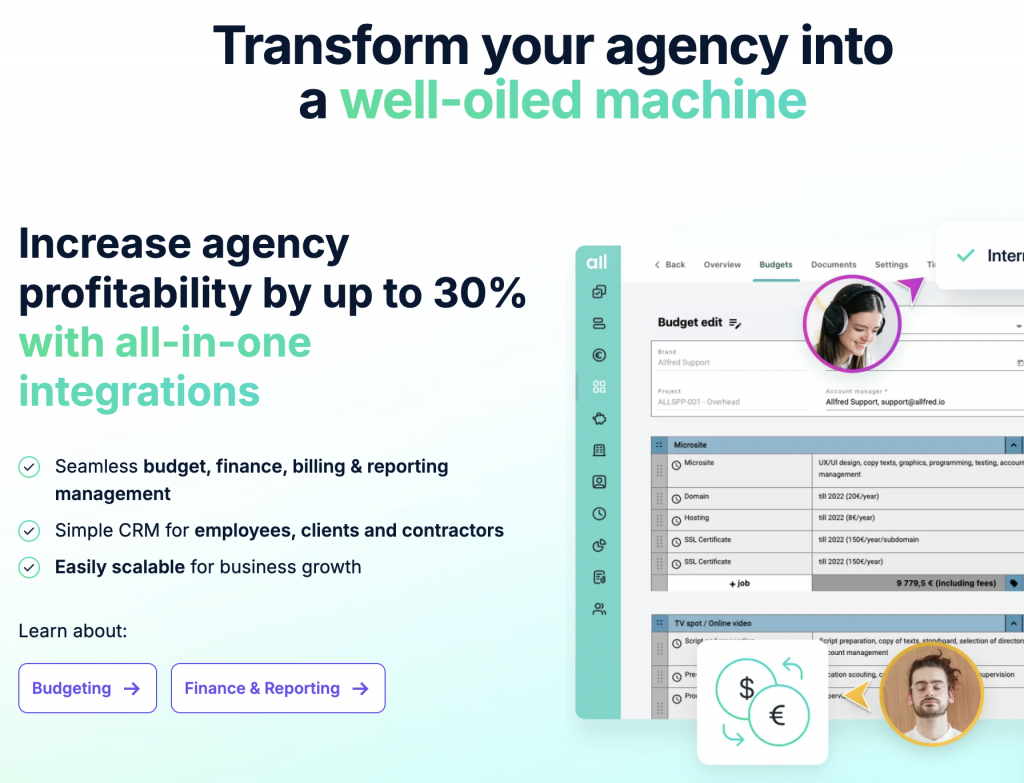
Strengths & features:
- Project management + resource planning – you can see who is over-booked or under-utilized, manage capacity, detect conflicts.
- Budgeting & financial oversight – track expenses, client billing, invoices, profitability per project.
- Workflow automation for agencies – Allfred promises to eliminate many manual steps, saving up to 30 % of work time and improving reporting 3×.
- Integrated tools – e.g. client CRM, document management, approvals, time tracking.
How it transforms teamwork:
- Replaces a patchwork of tools (ClickUp + Excel + invoicing tools + timesheets) with one unified platform
- Gives both agency leads and creatives a single source of truth: budget, deadline, deliverables
- Reduces friction between creative teams and accounts/finance teams
Considerations / limitations:
- Because it does so much, it might have a steeper learning curve for teams used to simpler task tools
- Some users mention limited customisation in very niche workflows or occasional glitches.
- Its full value is realized when you use the finance + operations modules, not just project/task features
When you’d pick Allfred:
- If your agency is mid-size, producing many client campaigns and you need tighter control over margins, resources, and finances
- You want operations visibility as well as workflow control
- You prefer fewer integrations and more built-in end-to-end coverage
🧠 Best for: Growing agencies that need to align creative delivery with business outcomes.
🔗 Discover Allfred
3. Miro – visual collaboration across domains
Every great campaign starts with a blank canvas – and that’s exactly what Miro offers. It’s an infinite visual board where teams brainstorm, map customer journeys, and workshop strategies in real time.
For hybrid or remote marketing teams, Miro bridges the gap between “let’s hop on a call” and “let’s get it done together.”
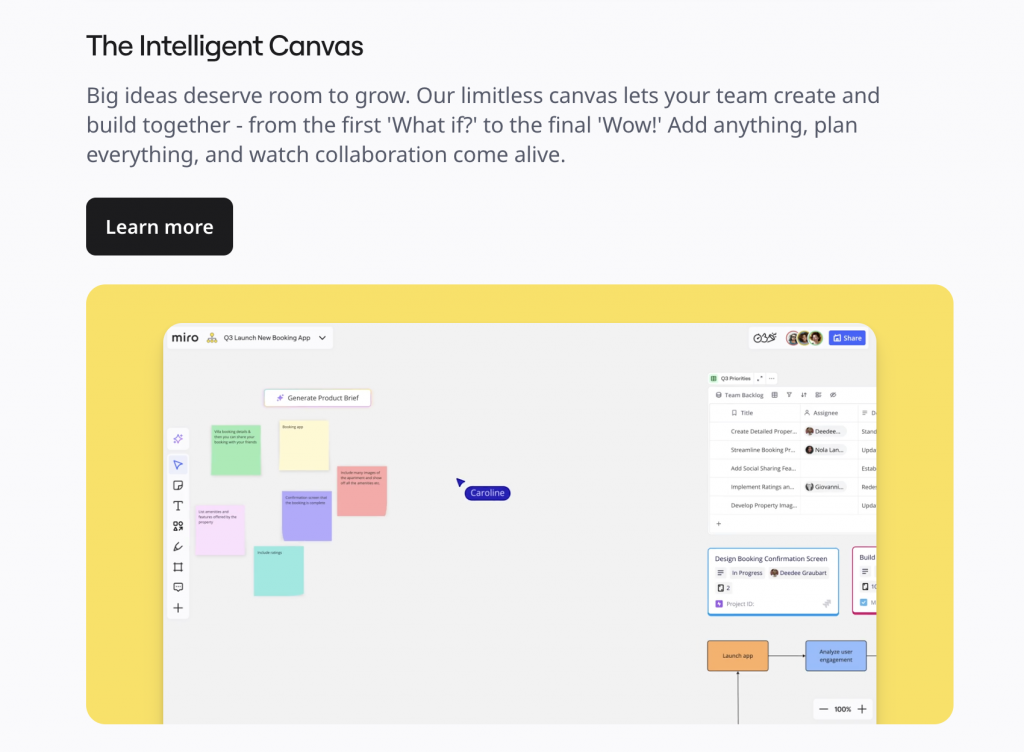
Strengths & features:
- Near-infinite canvas for brainstorming, structuring campaigns, mapping customer journeys, cross-team workshops
- Strong support for remote and hybrid work, allowing asynchronous and synchronous collaboration
- Templates (mind maps, process flows, etc.) help marketing teams translate strategy to execution
- Integrates with many tools (Slack, Figma, Notion, etc.) – you can embed or export content
How it transforms teamwork:
- Use Miro boards during campaign planning, creative briefs, persona workshops
- Connect high-level visuals with execution roadmaps
- Bring non-marketing stakeholders (product, dev, executives) into marketing thinking visually
Considerations / limitations:
- Because it’s freeform, boards can get messy without governance
- Version control and linking content to calendar posts / final output can require discipline or integration
When to pick Miro:
- If your team does a lot of ideation, cross-functional workshops, strategic mapping
- You want a visual “sandbox” rather than rigid workflows
- You already have task / scheduling tools but lack a visual canvas
🎨 Best for: Cross-functional ideation and creative workshops.
🔗 Try Miro
4. Asana – general project orchestration (beyond marketing)
Asana is one of the mainstream work management platforms. If your organization runs on shared deadlines, dependencies, and deliverables, Asana is your go-to orchestration tool. It’s a project management classic – clean, flexible, and scalable across marketing, design, and operations.
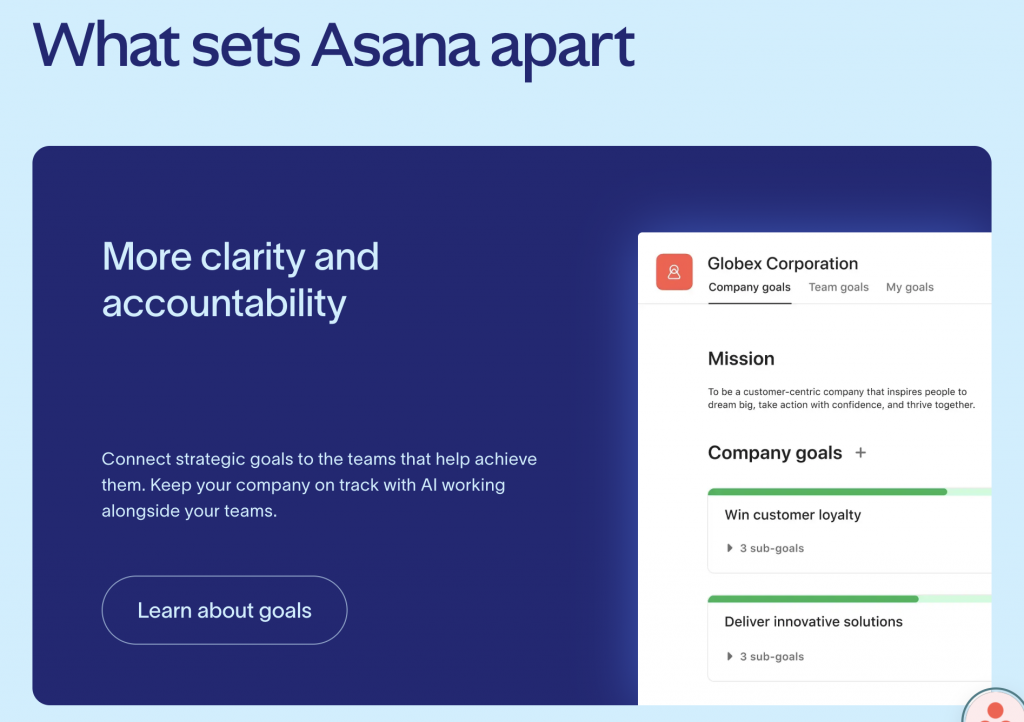
Strengths & features:
- Robust task, subtask hierarchies, dependencies, boards, Gantt views
- Flexible – can run marketing, product, operations, HR workflows in one tool
- Good for scaling across departments
- Many integrations (Slack, Google Workspace, etc.)
How it transforms teamwork:
- Use Asana to manage campaigns, asset deliveries, cross-functional dependencies (design, dev, copy)
- Link tasks to content, approvals, deadlines
- Use it as the “backbone” workflow across multiple teams
Considerations / limitations:
- Because Asana is generic, it often requires templates, configuration, and governance to serve marketing effectively
- Without strong discipline, multiple task assignments or over-complex structures can overwhelm
When to choose Asana
- If your organization uses one shared work management tool across functions, not just marketing
- You need flexibility rather than a tool built just for content
- You have the capacity to set up and maintain templates and governance
📊 Best for: Teams needing structured, scalable project workflows.
🔗 Explore Asana
5. Workamajig – for creative/agency teams
Workamajig is another agency-focused powerhouse, but it leans even more into the financial and resourcing side. Think of it as the enterprise-level toolkit for large creative studios or ad agencies.
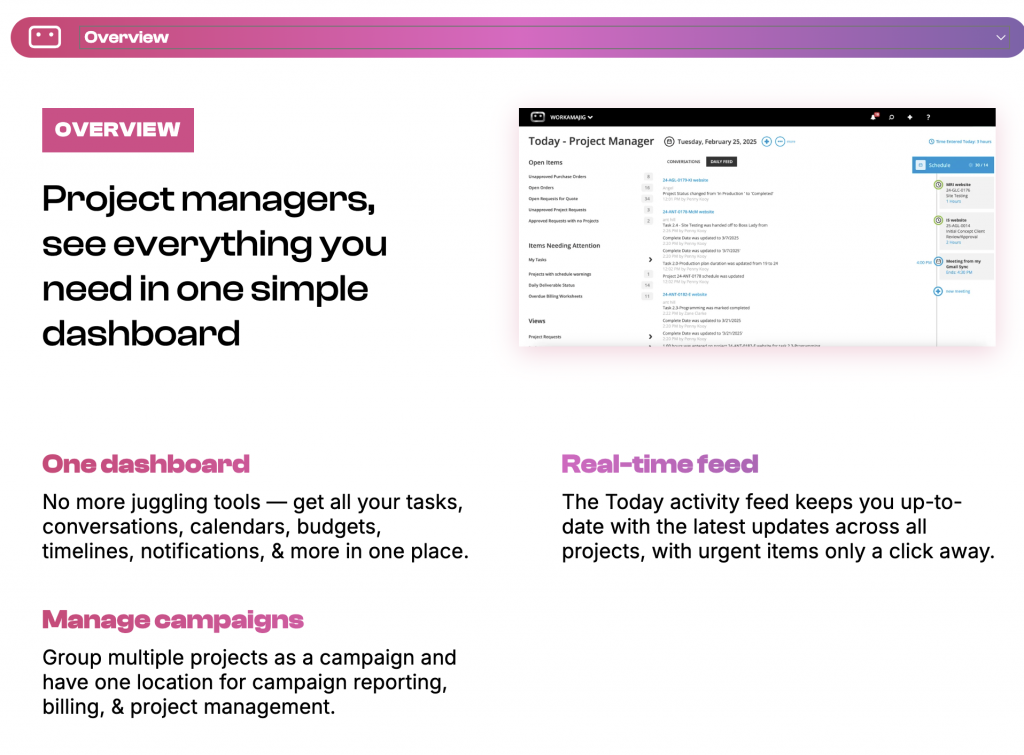
Strengths & features:
- Campaign / project control with creative deliverables, proofs, version control
- Financials: budgeting, invoicing, job costing, profitability analyses
- Client-facing proofs and approvals
- Resource planning, capacity, utilization
How it transforms teamwork:
- Brings creatives, accounts, finance under one management roof
- Lets you trace from client order to deliverable to billability
- Prevents “we forgot to invoice that redesign” or “we overscheduled that designer” issues
Considerations / limitations:
- As a powerhouse tool, it can feel heavy and complex if you only use a subset of features
- Adoption and change management can be slower in teams used to simpler tools
- Integrations with newer social media or marketing tools may need custom connectors
When to pick Workamajig:
- If your creative output is broad (not just social media, but packaging, video, campaigns, events)
- You want full accountability over cost, profitability, delivery, client proofs
- You already operate with structured creative processes
🏢 Best for: Large agencies that need financial control and workflow transparency.
🔗 See Workamajig
Turn chaos into clarity
The main reason companies use online collaborative productivity software is simple: to replace scattered systems with one organized workspace.
Instead of juggling spreadsheets, email attachments, and random notes, Everyone sees the same thing, so nothing gets lost or duplicated.
Regardless of industry or team size, all these platforms share the same mission:
to make collaboration effortless and work more human.
Here’s what unites them:
- They reduce friction. No more lost files, repeated messages, or “final_v8_really_final” versions.
- They increase visibility. Everyone sees what’s happening – no hidden blockers or guessing games.
- They scale teamwork. Whether it’s two people or two hundred, the system adapts.
- They protect creativity. By eliminating chaos, teams reclaim time and mental space for ideas that matter.
How to choose (or combine) collaborative tools wisely
Start with your biggest pain point.
- Need smoother social media approvals? → Kontentino.
- Want full project + financial control? → Allfred or Workamajig.
- Need a shared creative space? → Miro.
- Want to structure cross-department workflows? → Asana.
Don’t expect one tool to rule them all.
The best setups often combine a visual ideation tool (Miro) with an execution hub (Kontentino or Asana).
Focus on adoption, not just features.
A tool only works if your team actually uses it. Look for simplicity, not just power.
At the end of they, marketing is a team sport – and every winning team needs the right field to play on. Platforms like Kontentino or Allfred turn fragmented teamwork into focused collaboration, freeing your team to do what they do best: create.


